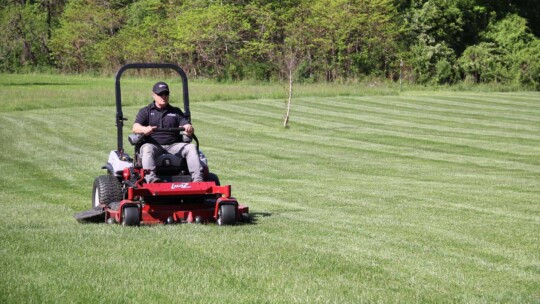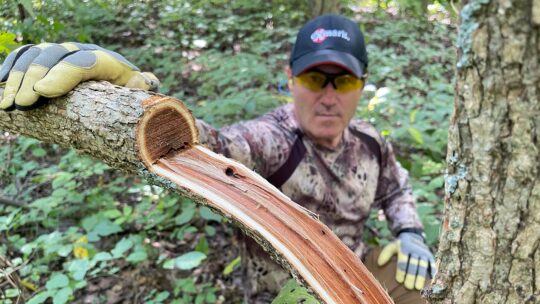Whether you like to hunt or not, everyone can appreciate trophy bucks. And, as one of the sportfishing and hunting industries’ most respected competitors, Joe Thomas explains there are few rural landowners he knows who don’t fantasize just a little about having big bucks calling their property home. They’re amazing animals, fun to watch and, obviously, fun to hunt. In this video, Thomas explains the easiest, most efficient way he knows to attract quality deer to your property: planting clover or chicory plots. Based in Southern Ohio, there, Thomas says white clover is one of the attractants that thrives the most in his home soil. Deer love it, and you don’t need a massive amount of land to create a clover plot.
Here’s What You Need to Know—and Do
- An eighth of an acre is sufficient to draw bucks in. Thomas says some of his best patches—the ones that bring in the biggest bucks—are less than a quarter of an acre. Normally, he says, you can take any grassy area—or, even a finished cut lawn—and turn it into a clover plot pretty quickly.
- Once you choose the plot, mow the area tight until there’s a very short nap on your grass. Then, Thomas suggests applying a little herbicide to ensure any grass in the area has been killed.
- Next, till the plot. But, don’t plant yet; you’ll need to wait for any residual sprouting from weed seeds that were released during the tilling process. This will take about another six to eight days. Once the sprouts start to appear, apply herbicide one more time. This will kill anything in the area and allow the clover to take hold when you plant it.
- Before you plant, Thomas suggests getting a soil sample. At least in Southern Ohio, he says, a lot of times you need to add lime to sweeten the soil in order for the clover to really take.
- Now, it’s time to seed. To do so, you can use a grain drill and drill it into the soil. But, if you don’t have that piece of equipment, simply broadcasting it with a hand seeder will do the trick, too. If you can, time your seeding right before a rainstorm. Timing wise, you can plant in the spring or the fall. But, avoid planting in the heat of the summer, as it’s normally too dry then.
Clover Maintenance
If you maintain your clover patch properly, it should grow back year after year, for five to seven years. You don’t have to replant it, but there are certain things you can do each spring to ensure it continues to flourish each year.
- Every spring, when the clover is the most stressed from winter, use a hand spreader to overseed with a clover blend. This will help to fill in any patches, and also produce some young growth. To ensure he applies the right amount per acre, Thomas uses a hand spreader set on the lowest setting. Or, he suggests mixing your clover seed with cheap cat litter, so you cam more easily see how the seed is being distributed. It also allows him to use a bit bigger opening in the hand spreader without burning through the clover seed.
- In March, it’s also time to fertilize. Clover makes its own nitrogen, so choose a low nitrogen fertilizer. Thomas suggests a 6-24-24 blend, and using about 300 pounds per acre.
- Once your clover is in, cut it several times throughout the season. (Of course, there’s no better way to cut it then with an Exmark zero-turn!) Thomas sets his blades to 5 or 5.5 inches, and keeps the RPMs up when cutting. Doing so helps the clover to flourish more and more with every cut.



